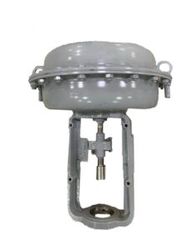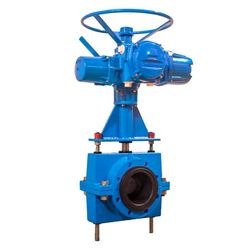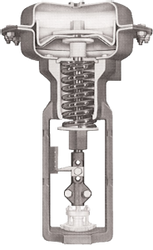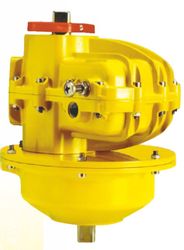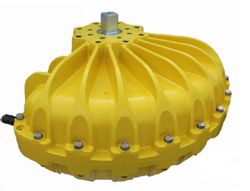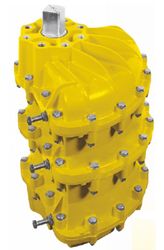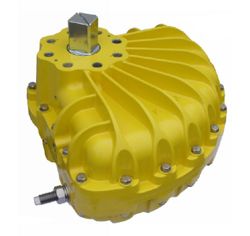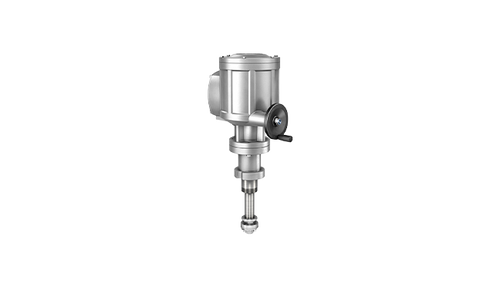
What is Actuator Valve? Working Principle & Function
Electric Valve Actuators control the opening and closing of valves. They may function with a variety of valves, including ball and butterfly valves, and can produce linear or rotary motion. They are used in power plants, refineries, and water and wastewater treatment plants, among other places, to guide and control the flow of fluids through pipelines. Industrial plants use actuators to control valves, fluid couplings, dampers, and other industrial process control systems. The motive power of the industrial actuator can be provided by air, hydraulic fluid, or electricity. The market is predicted to expand in response to increased demand from various end-use sectors, such as oil and gas, as well as water treatment and energy and power generation.
Need industrial equipment, parts, or services? Submit an RFQ and get quick quotes.
Get a QuoteNeed industrial equipment, parts, or services? Submit an RFQ and get quick quotes.
Get a QuoteActuator Subcategories
Top Companies in Actuator
+31 Companies in Actuator
Top Devices in Actuator
Related RFQs
Actuator parts category
LNQ-23081085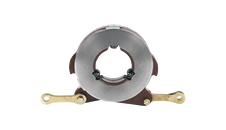
Pneumatic actuators category
LNQ-23041121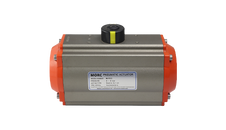
Hydraulic actuators category
LNQ-23021229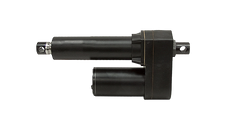
Actuator parts category
LNQ-22101423
Actuator parts category
LNQ-22101351
gate valve
LNQ-22101018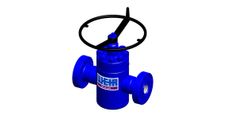
Electric actuator
LNQ-22091375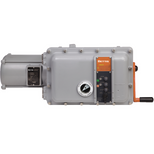
Pneumatic Actuator
LNQ-22041221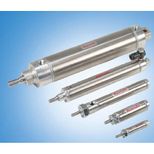
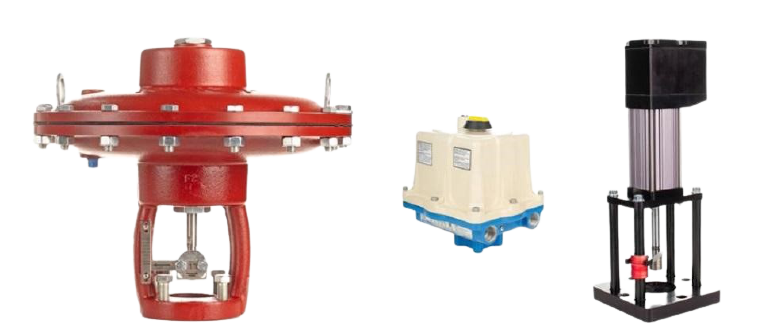
What is an Actuator Valve?
Valve actuators, for starters, are a form of the control valve. It consists of a box with an input, output, and a mechanism that works it, although it is a simple notion. Before we get started and you make your pick, there are a few things you should know about an actuator valve including:
- It is not expensive.
- It has a built-in failure.
- Action in -mode
- A low-pressure supply is required.
- Adaptable to a variety of situations
- Simple to keep up with
Function of an Actuator Valve
The main function of an actuator valve is to control the flow of media using logical functions in a semi-automated or fully automated system that is often controlled by a PLC or other logic function software. Many various types of actuator valves are available on the market; most forms of valves, including ball valves, butterfly valves, and globe valves, can accommodate some form of the actuator to allow the remote switch.
Working Principle of an Actuator Valve
An adjustable screw, breather plug, bonnet, spring, diaphragm assembly, and stem are typical components of these actuator valves. The adjustment screw pre-loads the spring, causing the valve to engage in the failure position. The valve will remain in this position unless there is a pneumatic indication on the diaphragm. The pneumatic actuator's diaphragm is the most important component. This airtight and flexible portion moves with the spring while maintaining air pressure. The breather plug allows the diaphragm's non-energized side to move freely without becoming air-locked. This component, often known as the valve's "Topworks," is fastened directly to the valve body.
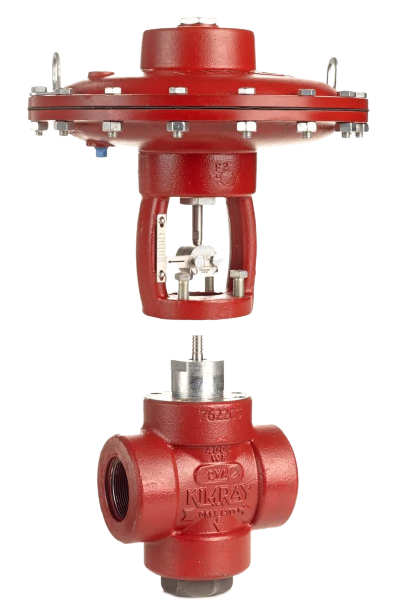
When the actuator receives a pneumatic signal from a pressure pilot, the diaphragm is pressurized. The pilot on these senses upstream pressure in a back pressure application. The output signal (gas) is then sent through tubing to the valve's actuator.
Selection of an Actuator Valve
When choosing an actuator valve, there are some main factors to consider.
Emissions
Electric actuator valves are becoming increasingly popular as environmental restrictions tighten because they do not require the use of supply gas. If you wish to reduce emissions from pneumatic actuators, you can use compressed air or a vapor recovery unit to power them.
Power Source
Electricity, air, or fluid are used to power actuators. The amount of electricity required for actuators is determined by the valve's size. Small valves can be operated on a single-phase supply, while large actuators require a three-phase supply. If you want to use fluid power, think about the type of medium, the available pressure, and the cylinder size. When a plant has access to an air supply, a pneumatic actuator is less expensive to operate than an electric actuator.
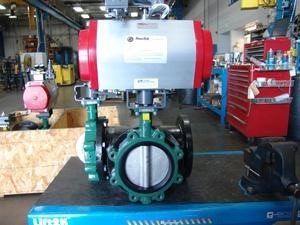
Failure mode
On electric actuators, battery and capacitor failure mechanisms are possible "fail-safe" solutions. The failure mode requirements, on the other hand, may decide whether a pneumatic or electro-hydraulic unit is more appropriate. Spring failure is a typical failure mode in pneumatic actuators, for example.
Automation
The ability to automate is another factor to consider. The ability to automate valve functions is a significant advantage of adopting electric actuation. Simply put, automation allows you to monitor and manage your valves from a distance. You can achieve this with a pneumatic actuator by employing an I/P valve controller, which transforms an electric signal into a pneumatic signal.
Cost
The final aspect to consider is the price. A pneumatic actuator often has a lower initial cost than an electronic actuator. Electric actuators, on the other hand, give significant value when it comes to emissions management and the efficiency improvements that automation delivers.
Worker safety is another advantage of electric actuation that is sometimes disregarded. Workplace accidents may be both unpleasant and expensive. Workers make fewer excursions to the field because electric actuation allows you to monitor and regulate production remotely. As a result, there are fewer chances for injuries to occur. You can find a great deal of Actuator valve Companies and Manufacturers in Linquip, along with expert Service Providers.
Sizing of an Actuator Valve
The actuator must be sized to the specific valve in the system due to the enormous variety and differences in valves. After acquiring information on the sort of actuator wanted and calculating the torque requirements, it is advisable to size the actuator. The most common method for sizing actuators is to use a manufacturer's sizing chart. The needed speed of operation is another parameter to consider, as speed is directly proportional to the power requirement.
The actuator will be unable to overcome the forces acting on it if it is undersized. Slow and irregular stroking will result as a consequence of this. The closure element will slam into the seat if the actuator is not rigid enough to hold the close position, generating a pressure surge. If the actuator is too big, it will be more expensive, heavier, and slower in terms of speed and responsiveness. Larger actuators may also produce more thrust, causing internal valve parts to be damaged. Because of safety considerations, actuators are typically enormous, but lesser sizes work just as well when the built-in safety features are taken into account.
What Causes an Actuator Valve to Fail?
Actuator valves can fail for a variety of reasons, including:
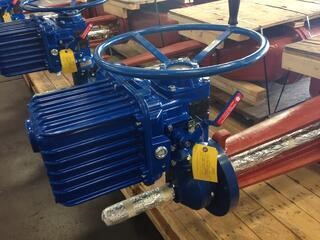
- Incorrect installation
- Incorrect sizing
- Life cycle
- Over pressurizing the system
- Component failure
- Mechanical obstructions
- Spikes in electricity
Linquip offers a wide variety of Distributer, Experts, and Equipment for Sale of Actuator valves.
Difference Between an Actuator Valve and a Solenoid
An actuator valve is a chamber that houses compressed air or hydraulic fluid, which produces force based on the bore of the actuator; the larger the bore, the greater the force.
The solenoid valve is the control function of the force diverter, which occurs when a switch diverts the flow path from one port to another, causing the actuator to move in either a clockwise or anticlockwise direction if linear, or clockwise or anticlockwise if rotary.













